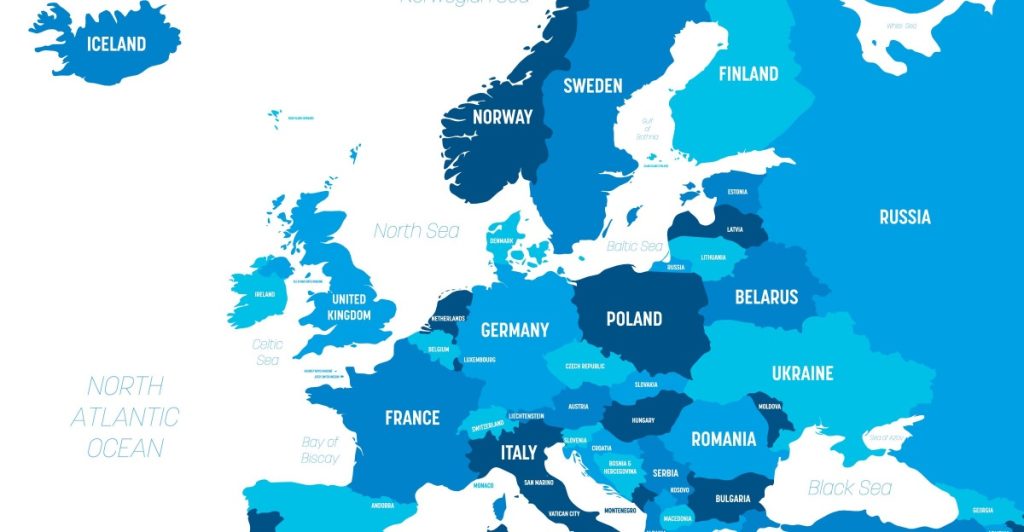How Income, Location, and Family Shape Your Tax Bill in Europe
Others are reading now
Most people understand that taxes vary by country. But in Europe, the difference in how much income tax people pay can be surprisingly large.
For many, these differences affect daily life, take-home pay, and long-term decisions like whether to start a family or move abroad.
According to the OECD’s 2025 report on wages and taxation, Nordic countries have the highest income taxes, writes Ziare.
Eastern European countries often have the lowest. The report looked at 27 countries, including most EU members, the UK, three EFTA states, and Turkey.
Also read
It measured how much tax a person pays as a share of their gross salary. It did not include social security.
In 2024, a single person with no children earning an average salary paid between 6.2% in Poland and 35.7% in Denmark.
Italy had the highest rate among the five biggest economies, with 20.9%. Germany, France, Spain, and the UK were all between 15% and 17%.
Northern countries like Finland and Norway also had rates above 20%.
Things look different for families. A couple with one income and two children paid very different rates.
Slovakia gave such families a refund of 12.8%. Germany also had a small refund.
Denmark had the highest tax in this group, with 32%. France and Spain taxed families much less than single people.
Two-income families with two kids had a similar story. Slovakia again had the lowest tax, at 1.6%.
Denmark stayed at the top, with 35.7%. In some countries, like Finland and the UK, all types of households pay about the same tax rate.
Tax systems are usually progressive. That means you pay more if you earn more.
In Sweden, a person earning 167% of the average salary paid nearly 29% in taxes, up from 16% at the average wage.
The UK, Germany, and others also saw sharp increases at higher incomes.
In the end, Nordic countries tend to tax more. Eastern countries tax less.
Where you live, how much you earn, and whether you have children all make a big difference.


